alert-sercurity.fail, a vicious window.
alert-sercurity.fail is a vicious window that becomes one more way of cyber crooks to filch money from PC users. alert-sercurity.fail pop-up includes bogus information saying that your computer is infected with some kind of virus. To fix it successfully, you are required to call the number it offers, which stand as their paid support service. (Tips: to unfreeze the frozen browser from alert-sercurity.fail, press Del+Alt+Ctrl at the same time to launch up Task Manger and choose the infected browser to click End Task.)
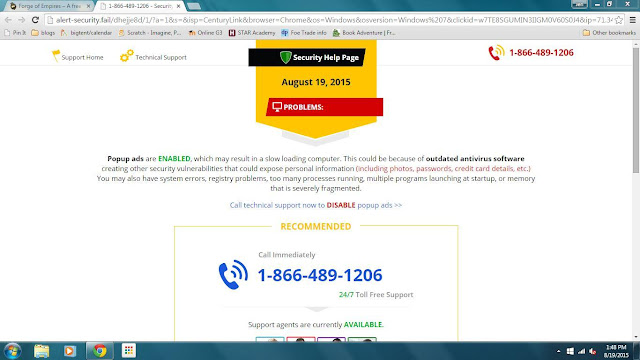
Fake messages from alert-security.fail
The page at alert-security.fail says:
IF YOU ARE A Centurylink CUSTOMER
READ BEFORE CONTINUEING TO
It appears that your Windows 7 computer has popup ads ENABLED.
Please call TOLL FREE to DISABLE popup ads not at
1-866-489-1206.
PLEASE FOLLOW THESE INSTRUCTIONS:
Before you use, it is strongly advised that you call to disable popup ads. You can do so by calling 1-866-489-1206.

The hotline offered by it is just a trap to charge your money.
Please do neglect it or do not try to call their technical toll free number 1-866-489-1206, because letting them fix your PC charges you an arm and a leg. You have to pay certain amount before they do fix your PC. Moreover, this call would harass you since they confirm you with not just few but tons of viruses you had. You will get the warning that it is just one of their solutions so you will pay for whatever amount they requested. What’s more, calling this hotline and paying the charges still cannot block alert-sercurity.fail pop-up box. All you must do is to eliminate malicious browser attachments and files are the source of all issues.
alert-sercurity.fail is a foxy window that you can get it unconsciously.
You should have great caution while installing free software. alert-sercurity.fail codes often come along with your some free applications downloaded and installed from the Internet. It can be injected in your Internet Explorer, Mozilla Firefox, and Google Chrome without your knowledge. You may not realize its presence until you see alert-sercurity.fail pop-up.
Remove this nasty nuisance to protect your PC.
Various advertisements including pop-up, banners, in-text links, and more other may also visible within your web browsers. Ads and links from alert-sercurity.fail could route you to dangerous web pages where you can be attacked by real viruses. You have to remove alert-sercurity.fail as early as possible before it can harm further.
Guide to Remove alert-sercurity.fail Completely and Correctly
>>> Guide II: Get Rid of alert-sercurity.fail Manually on your own
Guide I : Remove alert-sercurity.fail once for all with the Automatic Removal Tool Spyhunter (HOT)
In order to remove alert-sercurity.fail from your machine system, it’s strongly recommended to download and install the official malware removal tool Spyhunter to accomplish it. SpyHunter is a powerful, real-time anti-spyware application certified by West Coast Labs’ Checkmark Certification System and designed to detect, remove and block spyware, rootkits, adware, keyloggers, cookies, trojans, worms and other types of malware.
(You have 2 options for you: click Save or Run to install the program. You are suggested to save it on the desktop if you choose Save so that you can immediately start the free scan by clicking the desktop icon.)
2. The pop-up window box below needs your permission for the setup wizard. Please click Run.
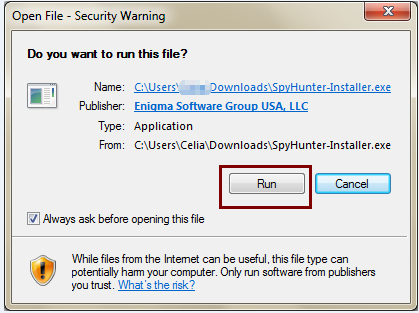
Continue to follow the setup wizard to install the Automatic Removal Tool.


It may take a while to download all the files. Please be patient.

No More Hesitation. Time to scan your PC. Please click Start New Scan/ Scan Computer Now!

Click Fix Threats to remove alert-sercurity.fail and other unwanted programs completely.

Guide II: Get Rid of alert-sercurity.fail Manually on your own
1. restart your computer into safe mode

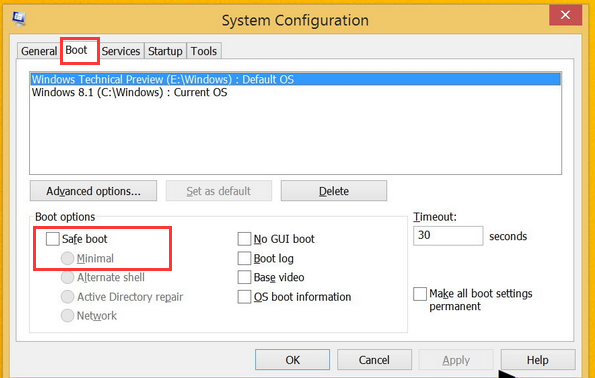
 Windows 7
Click the Start
Windows 7
Click the Start button, click the arrow next to the Shut Down button
button, click the arrow next to the Shut Down button
 , and then click Restart. On the Advanced Boot Options screen, use the arrow keys to highlight the safe mode you want, and then press Enter.
, and then click Restart. On the Advanced Boot Options screen, use the arrow keys to highlight the safe mode you want, and then press Enter.

2. remove the infected registry
Press Win+R keys together > input 'regedit' > click 'OK'


click HKEY_CURRENT_USER>Software and find the following key registries.
HKEY_LOCAL_MACHINE\SOFTWARE\Microsoft\Internet Explorer\Main "Start Page" = "http://alert-sercurity.fail/?type=hp&ts=<timestamp>&from=tugs&uid=<hard drive id>"
HKEY_LOCAL_MACHINE\SOFTWARE\Microsoft\Google Chrome\Search "CustomizeSearch" = "http://alert-sercurity.fail/web/?type=ds&ts=<timestamp>&from=tugs&uid=<hard drive id>&q={searchTerms}"
HKEY_LOCAL_MACHINE\SOFTWARE\Microsoft\Mozilla Firefox\Search "SearchAssistant" = "http://alert-sercurity.fail/web/?type=ds&ts=<timestamp>&from=tugs&uid=<hard drive id>&q={searchTerms}"
 Remove alert-sercurity.fail from Google Chrome
Click Settings>History>Clear browsing data>choose the beginning of time
Check "Clear saved Autofill form data" "Clear data from hosted apps" "Deauthorize content licenses"
Click "Clear browsing data" and then reset pages.
Remove alert-sercurity.fail from Google Chrome
Click Settings>History>Clear browsing data>choose the beginning of time
Check "Clear saved Autofill form data" "Clear data from hosted apps" "Deauthorize content licenses"
Click "Clear browsing data" and then reset pages.
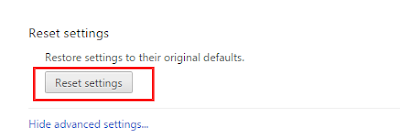
 Remove alert-sercurity.fail from Firefox
Click History> Clear Recent History> click drop down-list and choose Everything> click Clear Now
Click Help> Troubleshooting Information> Reset Firefox
Remove alert-sercurity.fail from Firefox
Click History> Clear Recent History> click drop down-list and choose Everything> click Clear Now
Click Help> Troubleshooting Information> Reset Firefox
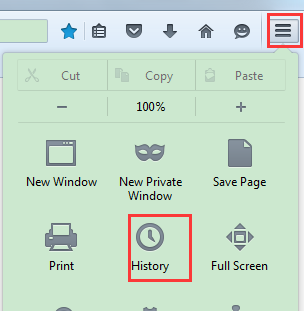
Reminder:
After Removing alert-sercurity.fail and fixing each of your web browsers, you are strongly recommended to do a scan for your computer system with the professional anti-spyware Spyhunter, which assist you to erase alert-sercurity.fail registry traces and also identify the related parasites or possible malware infections on your PC. Get started to download and install Spyhunter NOW.




No comments:
Post a Comment